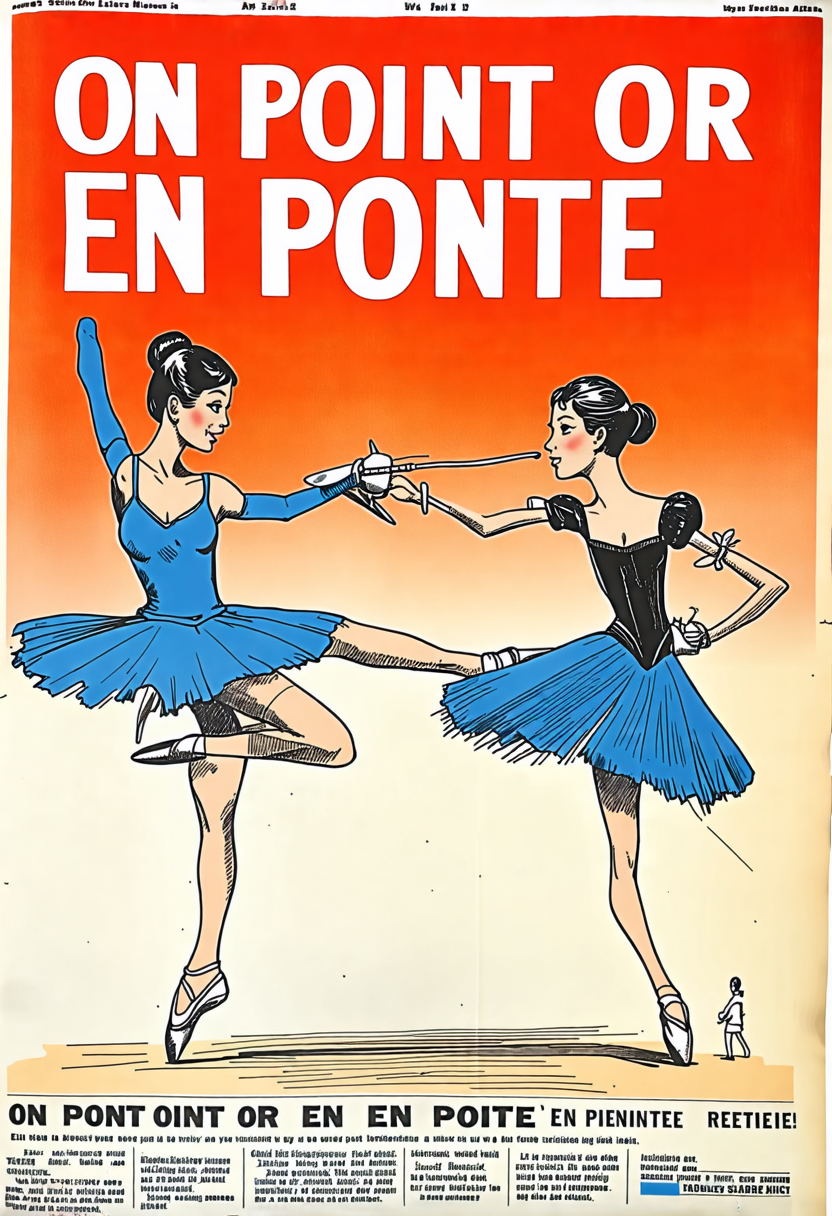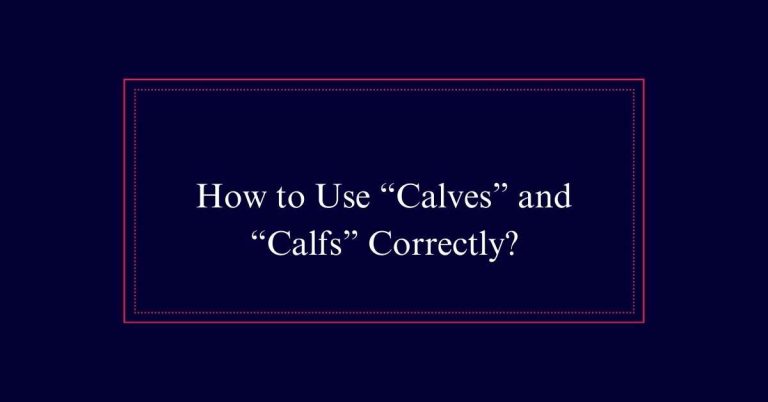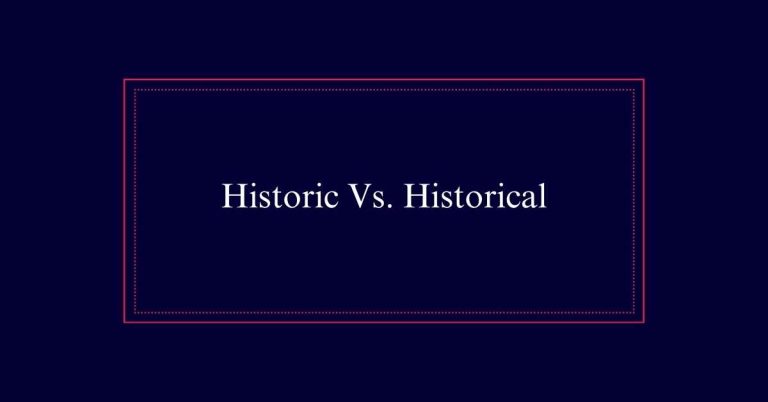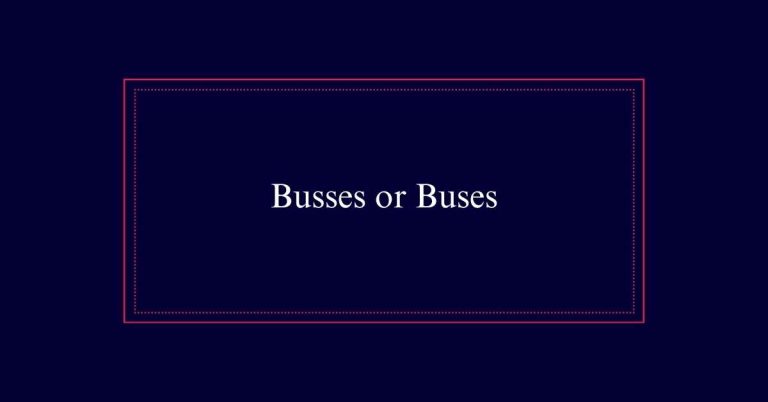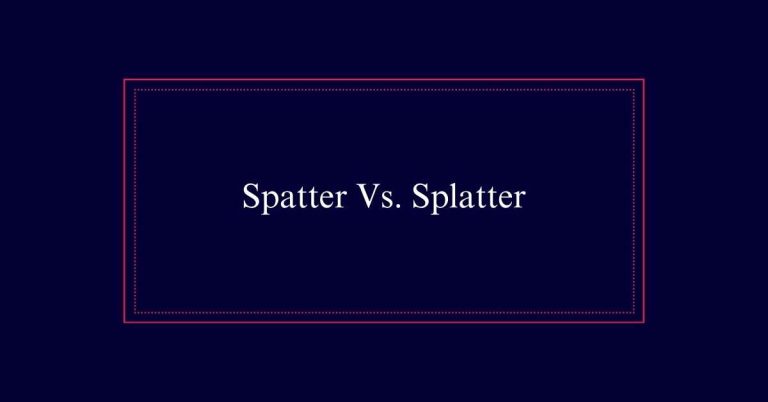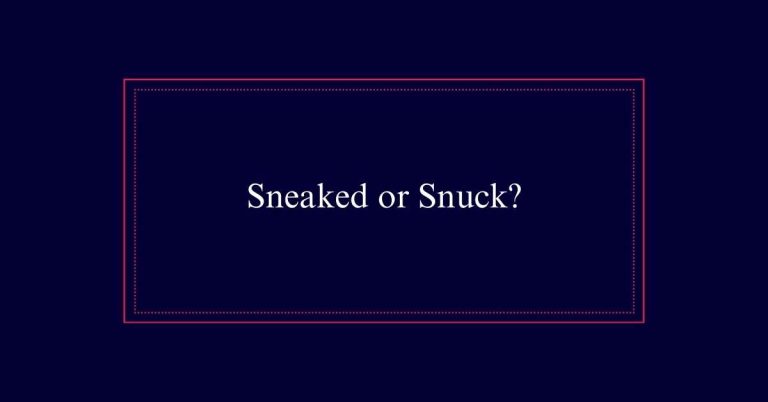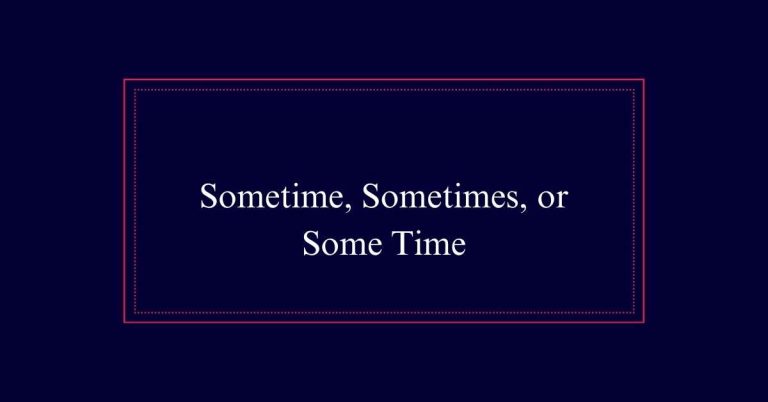Is It “On Point” or “En Pointe”?
“En pointe” is a ballet term describing dancers performing on the tips of their toes, requiring specific shoes and training. It symbolizes elegance and precision in dance. “On point” is a broader term used in casual language to mean something is precise, excellent, or perfectly executed. It can be used in various contexts, such as fashion, speech, or performance.
Understanding “En Pointe”
In the world of ballet, ‘en pointe’ refers to the technique where dancers perform on the tips of their toes. This method requires immense strength, balance, and precision. Dancers wear special shoes called pointe shoes to execute these movements gracefully.
The technique is a hallmark of classical ballet, showcasing the dancer’s skill and training. Performing ‘en pointe’ conveys an ethereal and weightless quality, enhancing the visual beauty of the dance. Mastery of this technique takes years of practice and dedication. It is a testament to the dancer’s commitment and the rigorous demands of ballet.
Ballet Terminology
Ballet terminology encompasses a rich vocabulary that describes various techniques, positions, and movements integral to the art form. This specialized language allows dancers and instructors to communicate complex ideas precisely.
Key terms include:
- Plié: A bending of the knees while keeping the feet flat on the floor. It is fundamental in preparing for jumps and turns.
- Arabesque: A position where the dancer stands on one leg with the other leg extended behind, creating a long line from fingertips to toes.
- Pirouette: A turn on one leg, often performed in series and requiring strong balance and coordination.
- Jeté: A leap from one foot to the other, demonstrating the dancer’s agility and strength.
The Grace of En Pointe
The elegance of en pointe dancing epitomizes the pinnacle of a ballerina’s skill and artistry. This French term describes the technique where dancers perform on the tips of their toes. It demands strength, balance, and grace. Each movement must be precise and fluid, creating an illusion of effortless beauty.
Achieving en pointe requires years of rigorous training. Dancers must develop strong ankles, feet, and core muscles. The shoes, specially designed to support this technique, add to the illusion of weightlessness.
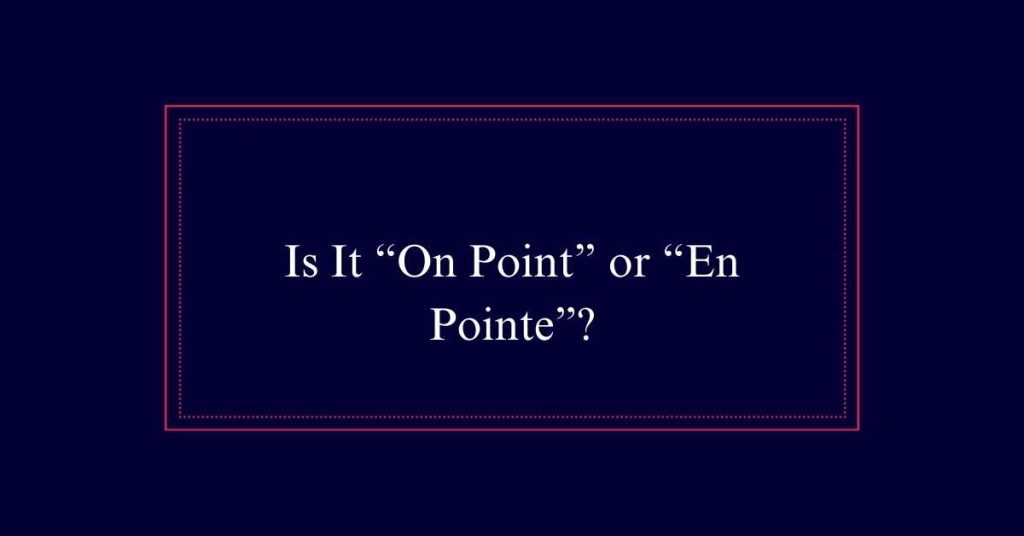
Beyond Ballet
En pointe, traditionally rooted in ballet, has found applications beyond the dance world. Its use has expanded into various areas, reflecting the concept of excellence and precision.
Here are four notable applications:
- Fashion: Designers and critics use ‘en pointe’ to describe outfits that are particularly stylish or perfectly coordinated.
- Fitness: The term is used to describe exercises or routines that require high levels of balance and precision.
- Literature: Writers employ ‘en pointe’ to denote prose that is exceptionally well-crafted or impactful.
- Business: In corporate settings, ‘en pointe’ can refer to presentations or strategies that are flawlessly executed.
Deciphering “On Point”
The term has roots in both legal and military contexts. In legal settings, ‘on point’ refers to directly applicable precedents or arguments. In the military, it signifies a leading or front-line position. Additionally, popular culture has broadened its use, particularly to denote precision, excellence, or suitability.
Below is a comparison of the term’s different uses:
| Context | Definition | Example |
|---|---|---|
| Legal | Direct application of law | “The case is on point.” |
| Military | Leading role | “He is on point today.” |
| Popular Culture | Perfect or flawless | “Her outfit is on point.” |
Legal and Military Origins
Both legal and military contexts contribute substantially to the origins of ‘on point.’ In legal terminology, ‘on point’ refers to a case or statute directly applicable to the matter at hand. This precise application guarantees relevance and accuracy.
In military jargon, ‘on point’ describes the soldier at the forefront of an operation, leading the team through potentially dangerous terrain. The term signifies readiness and sharpness.
Here are four key points about these origins:
- Legal Use: Guarantees direct relevance to a case.
- Military Use: Denotes leading and readiness in combat.
- Precision: Both contexts emphasize accuracy.
- Application: Both uses highlight expertise and preparedness.
Tricky Etymology
Tracing the etymology of ‘on point’ and ‘en pointe,’ we encounter intricate historical layers and varied contexts.
‘En pointe’ has clear roots in French ballet, where it describes dancers balancing on the tips of their toes. This term connotes precision and grace.
Conversely, ‘on point’ has more convoluted origins. It appears in legal and military contexts, referring to direct application and leadership roles, respectively. The phrase has evolved, gaining popularity in modern slang to mean something done perfectly or exceptionally well.
Formal Vs. Informal Use
In formal contexts, ‘en pointe’ is rarely used outside of ballet, while ‘on point’ is more versatile and can apply to legal or military situations.
The term ‘en pointe’ specifically refers to the ballet technique where dancers balance on the tips of their toes. Conversely, ‘on point’ is more broadly applicable, denoting precision and effectiveness. It is frequently used in various professional settings.
Below are key points to take into account:
- Ballet: ‘En pointe’ is specialized for ballet terminology.
- Legal: ‘On point’ refers to directly applicable legal principles.
- Military: ‘On point’ denotes a leading or strategic role in operations.
- Versatility: ‘On point’ has broader use in formal and informal settings.
Urban Dictionary Insights
Urban Dictionary offers contemporary interpretations of both ‘on point’ and ‘en pointe,’ reflecting their modern usage in popular culture. ‘On point’ is frequently defined as perfect or exactly right. It is often used to describe something that meets high standards, such as a well-put-together outfit or a flawless speech.
Similarly, ‘en pointe’ is defined as being perfect or exceptionally great. Although originally a ballet term, its usage has extended beyond dance to signify something outstanding. These Urban Dictionary definitions show how language evolves and adapts to new contexts.
Choosing the Right Term
When deciding whether to use ‘on point’ or ‘en pointe,’ it is crucial to think about the context in which the term is being used. Here are some guidelines to help you choose the right term:
- Ballet Context: Use ‘en pointe’ when referring to the ballet technique where dancers perform on the tips of their toes.
- Legal or Military Contexts: Use ‘on point’ when discussing legal cases or military operations where precision and direct application are essential.
- Modern Usage: ‘On point’ is often used in casual language to describe something perfect or satisfying.
- Origin Consideration: Always consider the origin of the term. ‘En pointe’ is French and specific to ballet, while ‘on point’ has broader applications in English.
